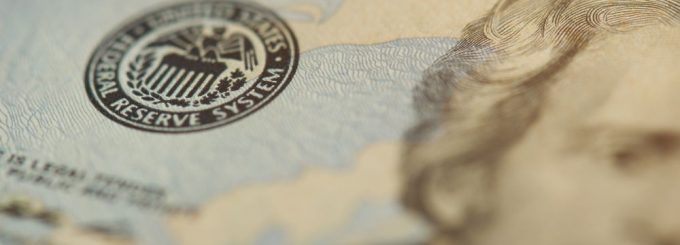Overview of The Series Of 1934 $1000 Bill FRN Atlanta

As with most high denomination bills, the value for the 1934 $1000 note is determined by the district of issue, as well as its condition, designation star note, color of the seal and serial number. Out of the 925,464 bills that were originally printed, it is estimated by experts that only 57,222 remain that can be obtained by collectors.
Currency Highlights
These bills were produced by all the Federal Reserve banks, of which there are twelve in total. The bank of issue is important, and can be found by inspecting the black colored seal on the note’s front left side. The name of the bank will be visible within the seal. In most instances the notes which have been issued from specific districts should be worth the same amount, but there may be differences depending on notes which are premium grade gems.
Even those that are new to currency collecting understand the importance of the star symbol, which appears on some 1934 $1000 bills. It does so rarely, but the star symbol if present at the conclusion of the 8 digit number can double the value of the note. Experts estimate that of all the bills that were issued from each of the districts, fewer than one hundred still exist.
Federal Reserve notes are sometimes called U.S. bank notes since they are used mostly by the U.S. government and are denominated via the U.S. dollar. Because of the 1913 Federal Reserve Act, the Fed has been established as the nation’s centralized bank. As a consequence Federal Reserve notes have been issued for legal tender. However, prior to 1913 it was common for banks throughout the USA to produce their own unique notes, many of which have become collector’s items.
Background
In the early and mid-twentieth century it was common for the USA to release high denomination notes. Unlike the smaller denominations, these bills were not used in daily commerce and were instead reserved for major purchases such as automobiles, homes, land, etc. As a consequence, it is often easier to find high denomination notes in premium grades than is the case with their lower denomination counterparts. Most of the bills which were issued in 1934 are going to show their age, either due to rust, tears, missing parts or other blemishes.
Grades And Value
Another factor that can influence the value of the 1934 $1,000 note is a distinct serial number. Collectors are always on the lookout for bills which use serial numbers which are low digit as this would certainly drive up the value of these bills.
These bills come in two seal colors, which are dark green and light green. The light green versions were issued first, with the darker green seals coming later. When searching for these notes one tip to bear in mind is that the lighter green seals will carry a higher value than their darker counterparts.


